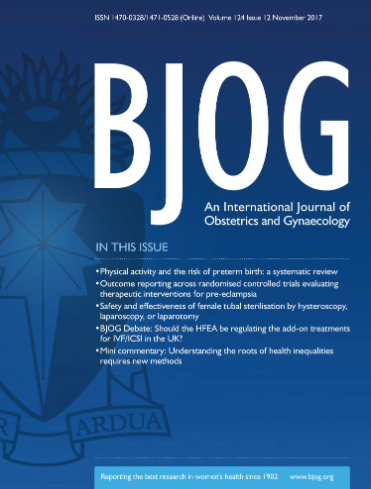Effects of Gonadotropin-Releasing Hormone Analogues on Ovarian Function and Embryogenesis: A Cyclophosphamide-Induced Mouse Model Study
Abstract
Objective
To clarify the protective effects of gonadotropin-releasing hormone analogues (GnRHas) on cyclophosphamide (CTX)-induced oocyte number loss and development of potential damage.
Design
Mice model study.
Setting
Laboratory-based animal study conducted in controlled research facilities.
Population
Female C57/BL6 mice subjected to CTX-induced ovarian damage.
Methods
The effects of GnRHa on CTX mice were evaluated in terms of hormones, oocyte count on slices, oocyte count in established three-dimensional–constructed ovaries, in vitro fertilisation, RNA sequencing and microinjection.
Main Outcome Measures
The main outcome measures were the number of oocytes in intact mouse ovaries and oocyte quality, evaluated using three-dimensional (3D) tissue-clearing methods, oxidative stress markers (reactive oxygen species [ROS] and malondialdehyde [MDT]), mitochondrial function (ATP levels), and embryogenesis rates at the two-cell, four-cell and blastocyst stages.
Results
In CTX mice, GnRHa pretreatment did not protect endocrine hormone changes, but protected loss of oocyte number on slice counting. A tissue-clearing technique, CUBIC (Clear, Unobstructed Body Imaging Cocktails), was a suitable method for ovaries clearing, and a 3D method for oocyte counting was validated with accuracy of 105.22% ± 3.48%. By this method, GnRHa was also found to protect the loss of oocyte number (597 ± 28 vs. 222 ± 15, p < 0.0001), which may be mediated by upregulated anti-Müllerian hormone (AMH) levels inhibiting primordial follicle development approved by in vitro culture of ovaries. GnRHa also increased the number of retrieved oocytes in CTX mice (19.4 ± 2.1 vs. 15.0 ± 1.6, p < 0.0001) and developmental ability of oocytes (65.0 ± 4.6 vs. 48.1 ± 4.2 for blastocyst, p < 0.0001). RNA sequencing revealed GnRHa pretreatment downregulated pathways of exogenous drug metabolism, oxidative stress and cytochrome P450, validated by detection of adenosine triphosphate (ATP), MDA and ROS levels. The up-expression of Cox17 (cytochrome c oxidase copper chaperone 17) after GnRHa pretreatment was confirmed by PCR and microinjection of siCox17 increased the embryogenesis from CTX mice.
Conclusions
GnRHa was associated with reduced oocyte loss and improved embryogenesis, likely mediated by AMH and Cox17 upregulation.

 求助内容:
求助内容: 应助结果提醒方式:
应助结果提醒方式:


